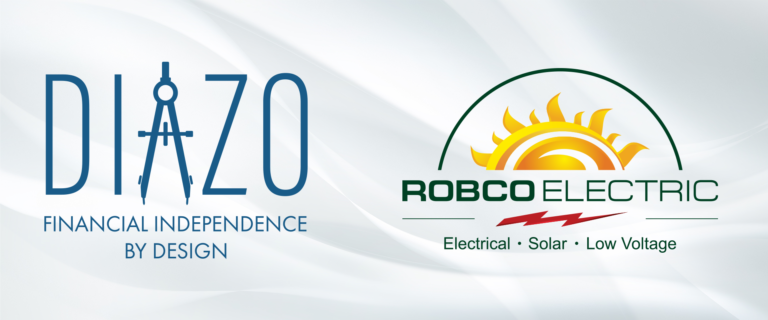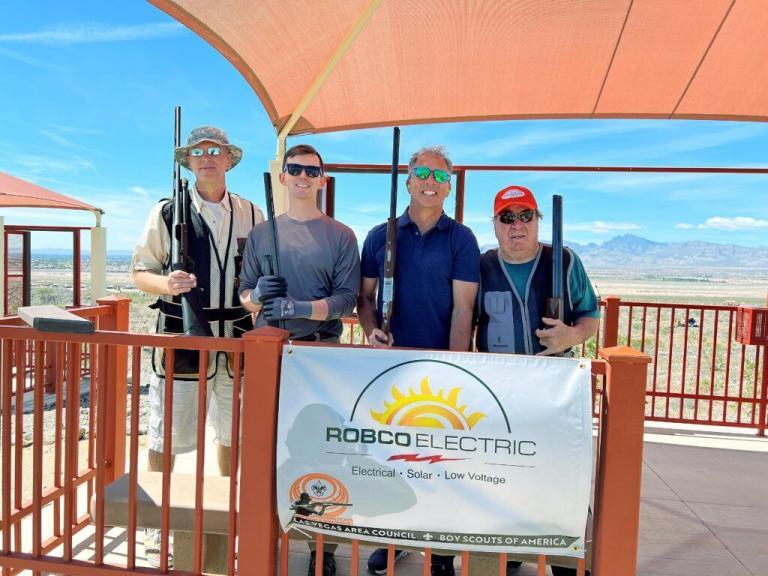Enphase Microinverters offer a longer life, a better warranty, more power and less cost.
The DC to AC inverter is the “brain” of your solar system. Solar panels make DC current, your house uses AC current. The inverter does exactly what the name sounds like, it inverts the current from DC to AC and sends it into your main electrical panel. The inverter is also what provides the monitoring data for your system to report production to you and to your installer.
There are two types of inverters used in solar:
Central Inverters
Large central inverters are less efficient at converting sunlight into power and take up a lot of valuable space.
Central or String Inverters are old-fashioned technology. With this type of set up, all the solar panels are wired in series (or strings). All the power the system makes feeds from the panels, over your roof as high voltage DC current, and down through one inverter to be flipped to AC current and then into your main electrical panel. The inverter is usually a pretty big box (about 1′ x 2′) and is mounted on your garage wall – hopefully in the shade as they tend to fail in high heat conditions. If you have a lot of panels, you’ll likely get stuck with two or more of these clunky boxes on your wall because each inverter can only handle so much wattage. Once it hits the string size limit, you have to add another inverter.
Central inverters are the weakest link in your system. Because all the panels are connected together in strings, that means if the inverter has a problem or there is shade ANYWHERE on the system, the whole system stops working or performance of the whole string drops to whatever the least performing panel is putting out. It’s just like those old-fashioned Christmas lights when one bulb burnt out. Each solar string acts like a unit. What happens to one panel on the string, happens to ALL of the panels on the string. Some companies will install a power optimizer on each module to overcome this performance loss and help the system compensate for shade, but that can’t overcome the single point of failure in the system. These kind of systems are much more complex to design, are subject to a lot of limitations with string sizing and far more prone to failure as these type of inverters only have a 12-15 year lifespan on average and a pretty high failure rate. When they do fail, they can take 6 hours and two people to replace as well as costing $1,500 to $4,000. They also produce less power over the life of the system due to the line loss from the longer trip over the roof as DC current.
Micro Inverters
Micro inverters are tucked neatly behind the panel and convert sunlight into power at a much higher efficiency.
With a mirco inverter, each panel has it’s own inverter right on the back. The DC current is converted to AC current right at the panel. This means the system is more efficient and produces more power over it’s lifetime – up to 3.1% more than the leading DC-optimized string inverter! Why? Because electricity loses strength the farther it travels before it gets flipped from DC to AC. Lower voltage AC current moving across your roof is safer than high voltage DC current, too. It also means that there is no single point of failure because the system is wired in parallel. If one panel or inverter were to fail, the rest of the system would just keep making power. Robco recommends Enphase micro inverters. They offer free lifetime monitoring with the MyEnlighten app as well as built in consumption monitoring at no additional charge. What’s more, they do very well in our desert heat with thousands of install all over the Las Vegas valley over the last 15 years. Microinverters have excellent reliability and a 25 year lifespan backed by a 25 year parts and labor warranty at no additional charge. If it is necessary to replace a micro inverter, the process takes less than a minute.
With a central inverter system, one shaded or dirty panel can impact the performance of your entire system. When you use advanced microinverters, each panel performs independently.
More power will be produced over the life of your system.
Having an inverter on every panel means each one is truly independent. If one or two panels are shaded or dirty, the rest of the system couldn’t care less and keeps right on making power at maximum capacity. On a central inverter system, there has to be enough light hitting the panels to create the minimum voltage on the string in order for the inverter to wake up from sleep. Because mirco inverters are independent, each panel will wake up from sleep about 30 minutes earlier in the day and go to sleep about 30 minutes later in the evening. (Burst mode is the technical term for this.) That means you get roughly 1 hour more of production each day from a mirco inverter system. Over 25 years, that extra hour can really add up.
More reliable with a longer life span
Mirco inverters have an expected lifespan of 25 years and are warrantied (parts and labor) for all 25 years. Central inverters – even the ones with optimizers – typically last 12 to 15 years and often fail even before their expected end of life – especially if they are not installed in a shaded area. While it takes about 6 hours to do the work, it it is fairly simple to replace central inverter. That replacement does not require anyone to get up on the roof. However, they cost $3,000 or more every time they fail! If you had to replace it twice in 20 years, you just added $6,000 to the sticker price of your system and added 2-3 years to the payback time. Replacing a microinverter on the other hand takes less than 1 minute and most repairs can be done with software rather than a a service call. How do we know that micro inverters are more reliable? Simple. In the last 7 years, Robco has installed over 35,000 Enphase micro inverters and replaced only about 100 of them.
Lifetime FREE Production and Consumption monitoring with MyEnlighten
MyEnlighten provides free lifetime at-a-glance production and consumption monitoring of your solar PV system.
You’ll be able to see your system’s performance anytime with the easy-to-use Enlighten app on your phone, tablet or desktop. Production and consumption monitoring is FREE for the life of your system. No monthly subscriptions required.
Expanding your system
As we’ve learned, central inverters are set up with panels wired in strings. If you want to add on to a central inverter system and your inverter is already at capacity, you’ll have to add another inverter and more panels. On the other hand, micro inverter systems will allow a single panel at a time add on . You can perfectly size your system as your needs grow. This design flexibility also means that your install team can easily alter your panel layout in the field if needed.
“Microinverters fail in the desert heat.”
This is an old myth that has been debunked over and over again, yet still gets repeated. Think about it. Why would a profitable company with a sterling reputation install exclusively a product that failed in the only market they operated in? If this rumor was at all true, wouldn’t you be seeing something like “Robco installed crappy inverters that died in the heat!” over and over again in our online reviews? Microinverters failing in the heat is not being mentioned in any review for Robco (or for any company that installs microinverters in any of the hot places in the world) because this idea that they fail in the heat is just not true. We installed several thousand microinverters in 2017 and 2018 -the two hottest years ever recorded in Las Vegas. In the last 5 years, we have installed over 35,000 microinverters. They are deployed all over Las Vegas, Henderson, Pahrump and Mesquite. The older systems have been through multiple punishing summers. The hardware failure rate is currently .27% or less than 100 out of 25,000. The internal operating temperature on Enphase microinverters is 185 degrees. You roof gets hot, but it’s not 185 degrees up there. Extreme heat poses no issues for microinverters.
https://rooftopsolar.us/blog/2016/06/03/micro-inverters-vs-string-inverters-in-hot-climates/
https://solaray.com.au/wp-content/uploads/Enphase-Durability-in-the-Heat.pdf
Solar panels have no moving parts to wear out or need maintenance. On premium panels like the LG ones installed by Robco, unless there is impact to cause physical damage, they very rarely fail once installed. If a part of the system is going to die, it will be the electronics in the inverters. Central inverters with or without optimizer are far more heat sensitive than micros.
https://www.solarpowerrocks.com/solar-trends/microinverters-my-turn-the-boring-technical-stuff/



